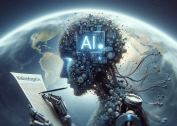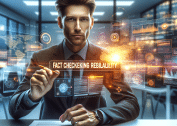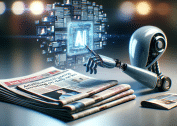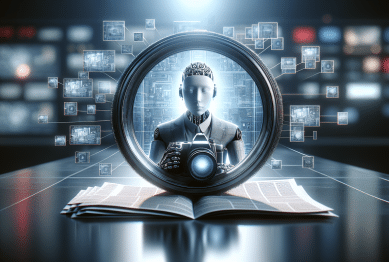Urban transportation is undergoing a significant transformation in 2025, driven by technological advancements and a collective push towards sustainability. These developments not only aim to alleviate congestion and reduce emissions but also enhance the overall quality of urban life. This article delves into the key innovations shaping transportation in smart cities this year.
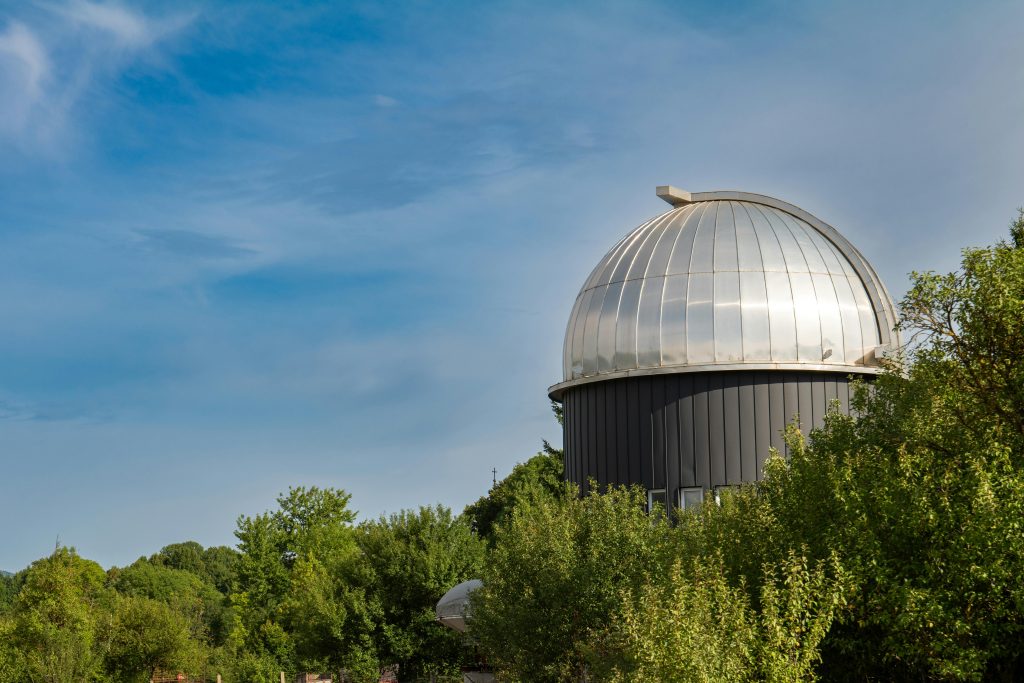
AI-Powered Traffic Management
Artificial Intelligence (AI) is revolutionizing urban traffic management by enabling real-time data analysis and adaptive control systems. These systems utilize data from sensors and cameras to make real-time decisions, leading to smoother commutes and lower emissions.
For instance, California cities such as Los Angeles and San Jose are deploying AI and IoT technologies to optimize traffic patterns, aiming to reduce travel times and enhance safety. By analyzing data from various sources, including connected vehicles and infrastructure, these systems can predict traffic trends and adjust accordingly, creating more responsive and efficient urban mobility networks.
Electric Vehicle Infrastructure Expansion
The adoption of electric vehicles (EVs) is accelerating, prompting cities to expand their EV infrastructure to support this transition. In 2025, cities are investing in widespread EV charging networks, making it more convenient for residents and businesses to switch to electric mobility. These initiatives are part of broader efforts to reduce greenhouse gas emissions and promote sustainable transportation options.
Additionally, the integration of renewable energy sources into the grid is being prioritized to ensure that the electricity used to charge EVs is clean and sustainable. This holistic approach not only supports the growth of electric mobility but also contributes to the overall decarbonization of urban transportation systems.
Smart Parking Solutions
Parking remains a significant challenge in many urban areas. These systems help drivers find open spaces more efficiently, reducing the time spent searching for parking and decreasing traffic congestion.
For example, Pune has integrated 450 CCTV cameras from the Pune Smart City project with their control room to enhance city-wide surveillance and road safety. This integration aids in monitoring law and order, managing traffic, and investigating crimes across the city, indirectly contributing to more efficient parking management by improving overall traffic flow.
Microtransit and On-Demand Mobility
To complement traditional public transportation, cities are introducing microtransit solutions that offer flexible, on-demand services tailored to the needs of residents.
San Diego’s “Southeastern Connect” initiative exemplifies this approach, offering on-demand shuttle services in areas with limited public transportation options. By providing localized, point-to-point transportation, microtransit helps reduce reliance on private cars and promotes more sustainable urban mobility.
Autonomous Vehicles and Mobility-as-a-Service (MaaS)
The development of autonomous vehicles (AVs) is poised to transform urban transportation. In 2025, cities are conducting pilot programs to test AVs in real-world conditions, assessing their potential to improve safety, reduce traffic congestion, and enhance mobility for all residents.
Alongside AVs, Mobility-as-a-Service (MaaS) platforms are gaining traction. These platforms integrate various transportation services, including public transit, ride-sharing, and bike-sharing, into a single accessible interface.
Sustainable Urban Mobility Planning
Sustainable urban mobility planning is at the forefront of smart city initiatives in 2025. Cities are adopting comprehensive strategies that prioritize walking, cycling, and public transportation over private car use. These strategies include expanding pedestrian and cycling infrastructure, improving public transit services, and implementing policies that encourage the use of sustainable transportation modes.
Helsinki’s achievement of zero traffic-related deaths in the past year highlights the effectiveness of such strategies. Through a combination of street redesigns, improved public transportation, and community engagement, Helsinki has created a safer and more sustainable urban mobility environment.
Challenges and Future Outlook
While the innovations discussed offer promising solutions to urban transportation challenges, their implementation comes with obstacles. Issues such as data privacy concerns, the need for substantial infrastructure investments, and the integration of new technologies into existing systems require careful planning and coordination among various stakeholders.
Looking ahead, the continued evolution of smart transportation will depend on ongoing technological advancements, supportive policies, and active community involvement. By addressing these challenges and fostering collaboration, cities can build transportation systems that are not only efficient and sustainable but also equitable and inclusive.
Conclusion
The landscape of urban mobility is undergoing a significant transformation in 2025, driven by technological advancements and a collective push towards sustainability. Cities worldwide are embracing innovations such as AI-powered traffic management, electric vehicle infrastructure, and smart parking solutions to create more efficient, accessible, and environmentally friendly transportation systems. These developments not only aim to alleviate congestion and reduce emissions but also enhance the overall quality of urban life.
References
- “Robotic facility to ease parking woes in Itwari.” The Times of India. https://timesofindia.indiatimes.com/city/nagpur/robotic-facility-to-ease-parking-woes-in-itwari/articleshow/123418683.cmsThe Times of India
- “San Diego hopes microtransit can patch its transportation system.” Axios. https://www.axios.com/local/san-diego/2025/08/18/san-diego-microtransit-southeastern-sandag-shuttleAxios
- “Five Bold Predictions For Transportation Technology In 2025.” Forbes. https://www.forbes.com/sites/reginaclewlow/2025/01/08/five-bold-predictions-for-transportation-technology-in-2025/




